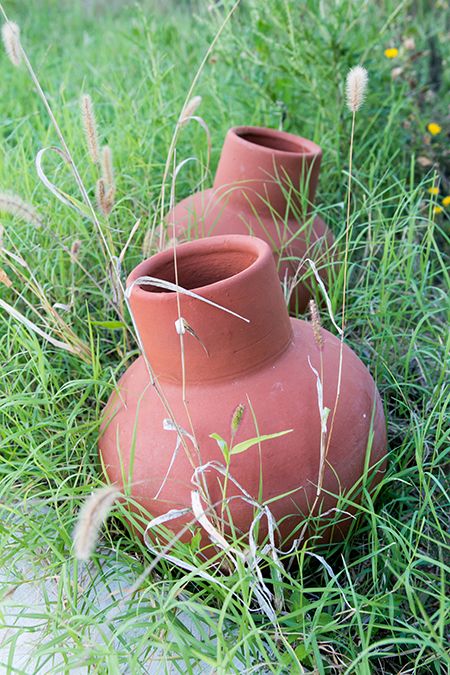Even with the recent rains, Central Texas is still in the middle of a serious drought. Climatologists who have studied both the history and the computer models on Texas rainfall have concluded that the state is headed for a very long period – possibly marked in hundreds of years – wherein rainfall will continue to decrease and more of the state will become desert-like, a process known as desertification. Texas is caught in the perfect storm of drought: years of unregulated expansion and sprawl, limitless groundwater pumping, and poor conservation management practices. Now add on the effects of climate change, with increased temperatures and evaporation rates, and the result is disaster.
While most water used to grow food is used by large-scale agriculture and irrigation, home gardeners need to be aware of water issues so that we can decrease our water footprint. One way to do this is to make sure that you are only planting seasonal fruits and veggies, that you are mulching your beds, and that you utilize different water conservation techniques when appropriate.
In the SFC Teaching Garden, we try to save water as much as possible. We built rain gardens to capture water that slides off of our pavilions, we have gutters on our tool shed to capture water in rain barrels, we have drip irrigation throughout the majority of the garden to maximize watering efficiency, and in several areas we utilize olla pots.
Ollas (the Spanish word for “pot”) are simply clay pots that are fired at a very low temperature to maintain a level of porosity. They are buried underground in garden and, through their micropores, they slowly and efficiently water plants from below. Plants’ roots gather around the pot, slowly drawing out water as it is needed. This process saves between 50 and 75% of the water that would be used otherwise for watering vegetables, while at the same time encouraging plants to develop deep, robust root systems. They can be placed in the center of a 4’ x 4’ bed or in a row about 3’ feet apart from each other, and can reach roots as far out around them as their diameter.
These ollas are filled once or twice a week, even in the dead of summer, and the plants in the beds that have ollas have never been happier. Ollas also maintain a perfect soil moisture level. If the soil is very dry, the ollas will seep water quickly into the surrounding soil, but if it has recently rained, the water will not spread into the soil and conserve it inside of the pot.
To learn more about water conservation in the garden, and a variety of other topics, sign up for one of our classes, held throughout the year.

